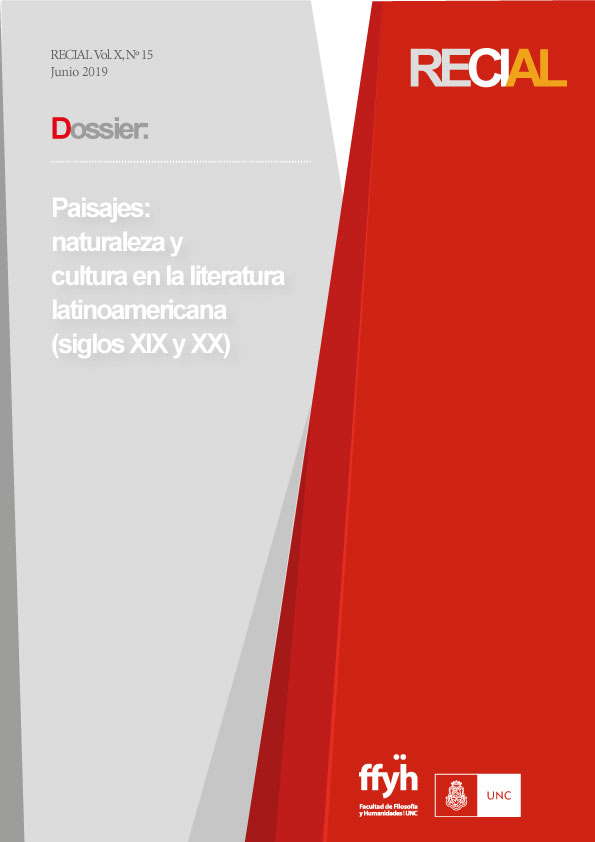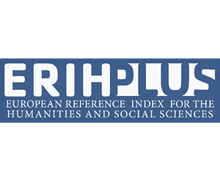Conceptions About the Nature of America: Some Rounds
DOI:
https://doi.org/10.53971/2718.658x.v10.n15.24819Keywords:
nature, science, America, Europe, HumboldtAbstract
We will seek revision of the category “American nature”, considering the analysis made by Williams (2012) and in the context of European conceptions about the New World (Gerbi, 1955/1975). Since the conquest of America, its natural territory has been the object of numerous theses by scholars in Europe, although the first scientific formulation goes back to Buffon, who in the 18th century, placed it at a lower level compared to the old continent. Several centuries of theorizations, reflections and debates gave rise to what later became known as “the dispute of the New World”. Buffonian theories, among others, helped to increase this extensive controversy. However, much later, the scientific advances and a new conception of the world and the natural order, placed the American continent in a new status. No longer understood as an inferior territory, but in relation to the different parts of the globe. The studies and advances made by the German naturalist Alexander von Humboldt contributed to reposition America, in what later came to be called “a new discovery”. This was no longer conceived as “another” territory - qualitatively inferior - but as part of a global order - the cosmos - governed in all its zones by the same inanimated forces.
Downloads
References
Adorno, Rolena. (1988) “El sujeto colonial y la construcción cultural de la identidad”. En Revista de crítica literaria latinoamericana, año XIV, n° 28, pp. 55-68.
Corbera Millán, Manuel (2014) “Ciencia, naturaleza y paisaje en Alexander von Hum-boldt”. Boletín de la Asociación de Geógrafos Españoles, n° 64, pp. 37-64
Gerbi, Antonello (1960 [1955]) La disputa del Nuevo Mundo. Historia de una polémica, 1750-1900. Fondo de Cultura Económica, México.
Gerbi, Antonello. (1992 [1975]) La naturaleza de las Indias Nuevas. Fondo de Cultura Económica, México.
Gómez Mendoza, Josefina y Sánz Herráis, Concepción (2010) “De la biogeografía al paisaje en Humboldt: pisos de vegetación y paisajes andinos equinocciales”. Población y sociedad, n° 17, pp. 29-57.
Humboldt, Alexander von (1999) Cuadros de la naturaleza. Siglo XXI, México.
Humboldt, Alexander von (2012) Vistas de las cordilleras y monumentos de los pueblos indígenas de América. Marcial Pons Editora y Universidad Autónoma de Madrid, Ma-drid.
Minguet, Charles y Duviols, Jean Paul (1999) “Introducción”. En Alexander von Hum-boldt, Cuadros de la naturaleza. Siglo XXI, México.
Vericat, José (2009) Imágenes sin texto. La visión y el arte en los Cuadros de la naturale-za de Alexander von Humboldt. Consejo Superior de Investigaciones Científicas, Madrid.
Williams, Raymond (2012) “Ideas sobre la naturaleza”. En Cultura y materialismo. La Marca editora, Buenos Aires.
Wulf, Andrea (2016) La invención de la naturaleza. El nuevo mundo de Alexander von Humboldt. Taurus, Buenos Aires.
Downloads
Published
Issue
Section
License
Aquellos/as autores/as que tengan publicaciones en esta revista, aceptan los términos siguientes:
- Los/as autores/as conservarán sus derechos de autor y garantizarán a la revista el derecho de primera publicación de su obra, el cuál estará simultáneamente sujeto a la Licencia de reconocimiento de Creative Commons que permite a terceros compartir la obra siempre que se indique su autor y su primera publicación esta revista.
- Los/as autores/as podrán adoptar otros acuerdos de licencia no exclusiva de distribución de la versión de la obra publicada (p. ej.: depositarla en un archivo telemático institucional o publicarla en un volumen monográfico) siempre que se indique la publicación inicial en esta revista.
- Se permite y recomienda a los/as autores/as difundir su obra a través de Internet (p. ej.: en archivos telemáticos institucionales o en su página web), luego de su publicación en la revista. (Véase El efecto del acceso abierto).























